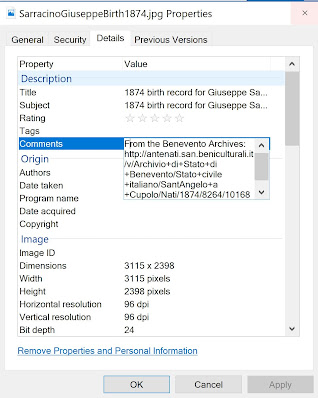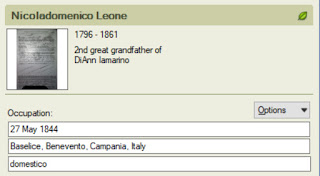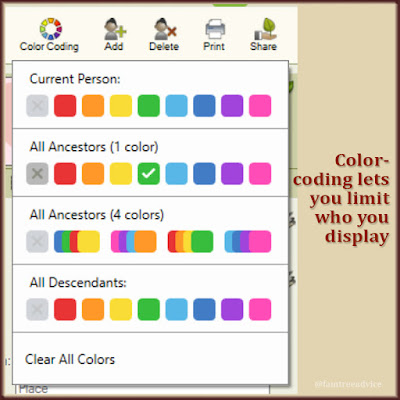 |
| Genealogy: My escape to a better place and time. |
I started this blog to go to my happy place. Genealogy gives me endless satisfaction and an escape from everything bad.
It's hard to concentrate today, though. There's too much bad news and sadness to ignore.
So let's think about why we love genealogy.
It's a neverending puzzle where every piece has meaning to us
Each of us has a ton of ancestors:
- 4 grandparents
- 8 great grandparents
- 16 2nd great grandparents
- 32 3rd great grandparents
- 64 4th great grandparents
- and let's jump up to 4,096 10th great grandparents
That's a lot of puzzle pieces to find! Keep in mind your numbers may vary a little if any cousins married. For example, my paternal grandparents were 3rd cousins, so they share a branch of the family tree.
It helps us imagine our ancestors' lives
I learned some concrete facts about my ancestors' lives by examining thousands of vital records from their towns:
- the average age at which they married.
- how many babies they had.
- how quickly they remarried when their spouse died.
- the kinds of work they did.
- how many babies were born out of wedlock.
It helps us understand how we came to be
When you fill in your grandparent chart with generations of your ancestors' names, one thing becomes clear. Thousands of people had to marry one specific person and have one specific child for you to be born!
It's fun to solve those mysteries
Mystery 1: My family always wondered why my father's parents had the same last name. We knew it wasn't a common name. But they never told anyone the reason why.
Genealogy research led me to Francesco Iamarino born in 1784 in Italy. He was the 2nd great grandfather to both my grandmother and my grandfather.
Mystery 2: At my mother's birth, the doctor asked my grandfather, "What are you naming this baby?" He answered "Mariangela"—his mother's name.
The problem is, I found my great grandmother's 1856 birth record, and she was named Marianna. She had an older sister Mariangela who died as a little girl, but she was Marianna. Why didn't my grandfather say "Marianna"?
Some more genealogy research led me to that answer, too. My great grandmother had five children. On some of their birth records she is Marianna and on others she is Mariangela.
Mariangela may have been her preferred name. My grandfather may never have known his mother's name was actually Marianna. So he proudly named my mother for her: Mariangela.
My Happy Place
If I could spend all my time doing genealogy, I would. We all deserve happiness. May your family history research bring you as much joy as mine brings me.

























